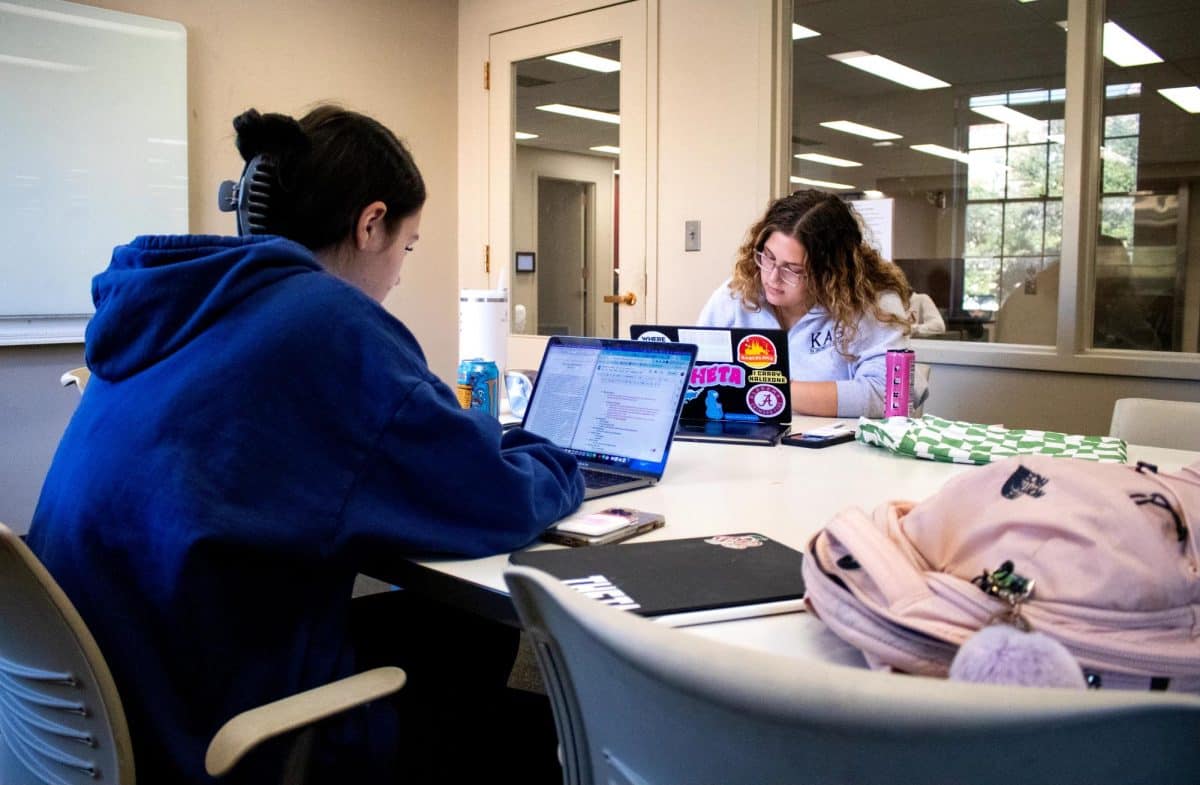The only constant in the world is change. Charles Darwin understood this perhaps more than anyone, because this idea is central to the pattern of evolution by natural selection. Evolution acknowledges that all levels of life, from individuals to communities and ecosystems, are variable. This variability is what is then passed down between generations and creates differences in survival and reproductive success that constitute selection. Outlined in this way, it is clear that change – evolution – is what keeps all life moving forward to a future it is adapted to.
Since the first publishing of Darwin’s theory in 1859, this idea has profoundly affected humanity’s self-knowledge and curiosity. Social Darwinism emerged as an ideological movement in the following years of the 19th century, arguing that natural selection’s ‘survival of the fittest’ principle could justify the hierarchical, stratified society of imperialistic western nations.
On the Galapagos Islands, a group of finches from the tanager family were the subject of Darwin’s thoughts on speciation. Princeton University’s Peter and Rosemary Grant have spent the years since 1973 documenting the evolution and subsequent speciation of these birds, and no biology student’s education is complete without a thorough familiarity of the evolution of these birds’ beak sizes in response to El Niño and drought phenomena.
Myriad studies have focused on how humans alter the evolutionary landscape for other species that share the world with us. From landscape fragmentation to greenhouse gas emission, our lifestyle makes humanity a force that others must adapt to in order to survive in a world that we have irrevocably altered.
This can be seen on a small scale in captive breeding initiatives. A strategy used in an attempt to augment small populations of endangered species, captive breeding removes some individuals from the wild and places them in captivity where they can be induced to breed, safe from their environment’s threats.
Yet when this process is examined through the lens of evolution, it presents some problems. In captivity, these individuals will not evolve to the outside environment they need to survive in but for a lifestyle in a limited space with different food and human handling. Their young will be born even less fit for an environment that has already proven hostile to their proliferation.
The side effects of programs like these should be examined and also extrapolated to other, broader situations so that we can continue to monitor our effects, both positive and negative, on our world and use this information to make decisions that affect our future.
However, in doing so we should keep in mind another scientific law: Isaac Newton’s third law of motion, which states that every action has an equal and opposite reaction. While our actions change the world around us, this global ecosystem we live in changes us in equal amounts, though our inherent anthropocentrism prefers to ignore this.
Anthropologist Sidney Mintz’s work on sugar is the perfect example of how the natural world shapes our being. His studies have shown that human cultures around the world have shown surprising consistency in favoring the taste of sugar and its sweetness, where tastes for other qualities like sourness or bitterness greatly vary among different groups of people.
Because we cannot produce our own sugar, we must rely on plants to create it and labor to harvest it and convert it into other forms. These plants, most notably sugar cane and any producing fruit, have over time shaped our tastes and desire to favor their saccharine. Evolutionarily, this favors them and their dispersal and future reproductive success. Their effect on us has been deep and widespread.
Over time, our taste for sugar has been incorporated into the structure of our society. Many medical initiatives have sprung up to combat sugar’s costs to our physical and dental health. Economic and social status is in part determined by access to and consumption of sugar. We many choose to consume it, but in doing so it becomes an inextricable part of our existence.
Remember how evolution works, that it is built on change, and that change can occur in two directions. Observe how humans change the world we live in, and think about how the natural world may be changing us. After all, we are inextricably connected to its future – one we can, in turn, help change for the better.
Sophie Williams is a senior majoring in biology and English. Her column runs biweekly.









